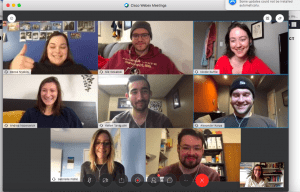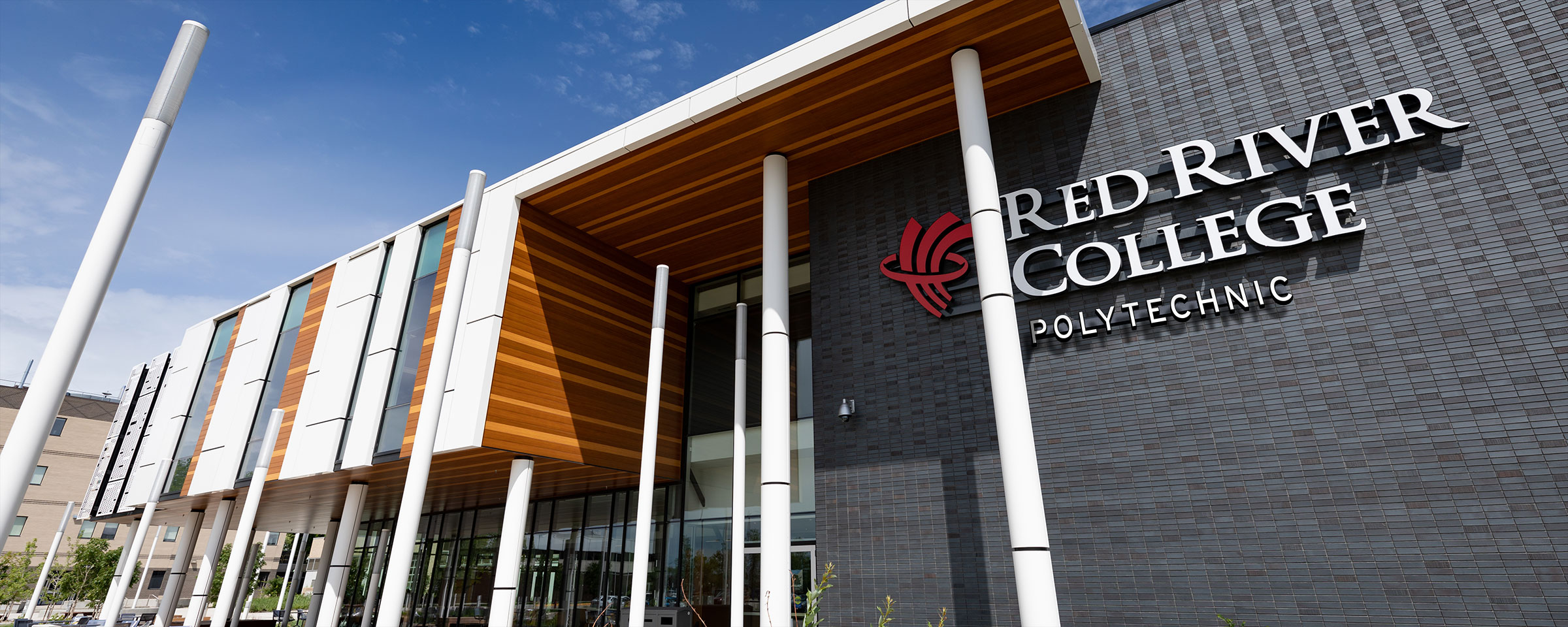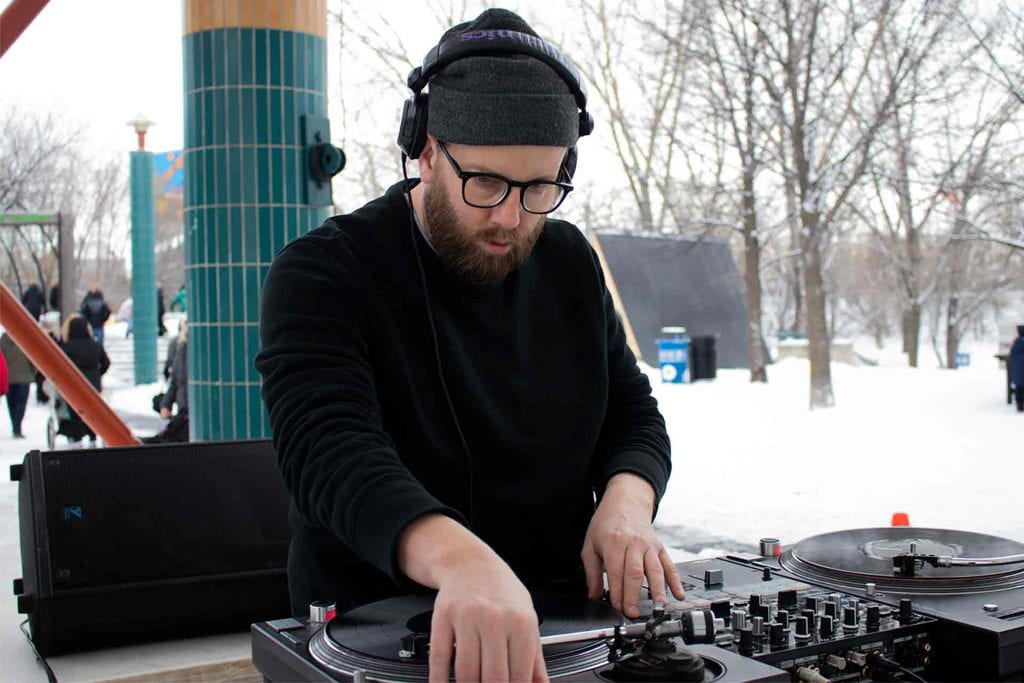Working Draft magazine provides CreComm students with professional publishing experience
When second-year Creative Communications students were deciding on topics for a project they’d spend the next six to seven months working on, Brianne Jamieson pitched the idea of telling her uncle’s story. Her uncle, Tyler Sneesby — better known as DJ Hunnicutt (shown above) — was quickly losing his vision.
Each of the 54 second-year students in the program were required to write a feature-length story for Working Draft, a new online magazine. The students worked with instructors Emily Cain and Karen Press on everything from determining the magazine’s name, writing the About section, and choosing a theme for the year — in this case, ‘Truth.’
“Truth can be taken so many ways,” says Jamieson. “A lot of people know my uncle, or know of him. Last April, when he started losing his right eyesight (after already losing his left eyesight), he wasn’t really telling anyone. He would run into people out in public, but he couldn’t see them to say hi.”
Jaimeson’s uncle had a huge story to tell, but didn’t really know how to tell it.
The students pitched their feature ideas to a panel of instructors in November, and — if approved — were able to create an outline and begin researching and writing. For the months that followed, the students were put into small groups to workshop and edit each other’s stories. They were also assigned to partners in another class section who would give their story a thorough proofread.
The result is a professional, feature-length story with multimedia components — including audio recordings, video and photography — that can be used as portfolio pieces.
“The idea for this came from a recent program renewal,” says Emily Cain, Writer’s Craft instructor for CreComm. “We were hearing from industry that storytelling is one of the qualities they’re looking for, and we decided to add in more writing courses. CreComm used to have a magazine project in first year, but this allowed us to take it to the next step and make it professional.”
Jamieson, who was also on the editorial board for Working Draft, says the project helped her gain a new appreciation for people who regularly write long-form features.
“This is all I thought about for months. It’s not just really about writing it — getting the first draft felt good, but I did 10-15 rounds of huge edits, too,” she says. “The whole experience was rewarding because we published it and people are actually reading it. Usually it’s just for the instructors.”
Jamieson’s story about her uncle — 2020 Vision— was one of the first to be made live on the website on March 6. She included an audio file of the 3,132-word piece for Sneesby to listen to, but didn’t want to share it to her own social media until he had. He listened to it the next morning and was happy with the result.
“Finally it was a way for people to see that this has been happening, who had no idea,” she says. “This was a big thing for him, because he had no idea how to tell people himself. He truly can get through the blindness and he has so many people supporting him.”
 Because the project was on a rolling deadline schedule, not all students were able to complete their stories — or multimedia requirements — before Red River College closed its campuses as a result of COVID-19.
Because the project was on a rolling deadline schedule, not all students were able to complete their stories — or multimedia requirements — before Red River College closed its campuses as a result of COVID-19.
But according to Cain, the students have come together in a big way to make sure their peers can complete the assignment and feel proud of their work.
“I have a student who is good with audio stuff, who has a background in music and was able to provide tips to someone who (without access to an edit suite) was under a comforter recording an audio story,” she says.
Students have set up regular video group chats, shared rights-free music, and exchanged tips for recording video on their phones. They’ve also worked with Andrew McCrea, who is working as a TA for the project, and Matt Brooks, instructor in the Digital Media Design program, who built the website and was able to provide technical support.
“It’s cool to see them being so adaptable. They’ve all been really good about giving each other extra time in the editing and proofing process, too,” she said.
Follow Working Draft on social media to learn more, and to find out when the remaining stories launch.
Facebook: facebook.com/WorkingDraftMag
Twitter: twitter.com/WorkingDraftMag
Instagram: instagram.com/workingdraftmag
Photo credits: Brianne Jamieson (banner image); Emily Cain (inset)

